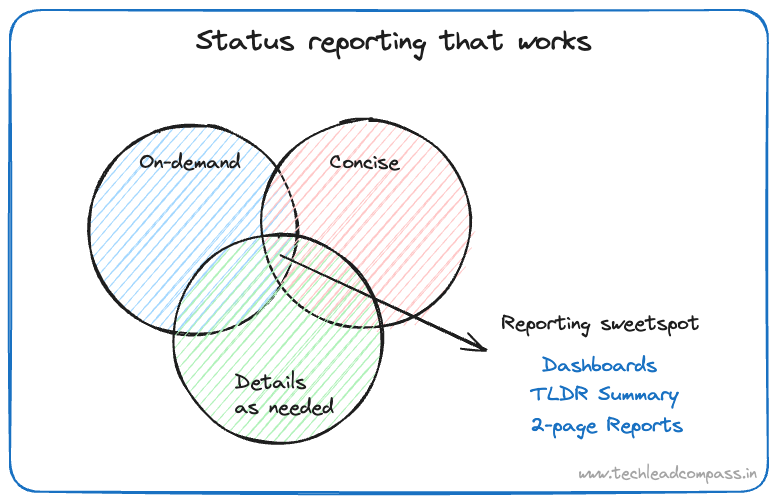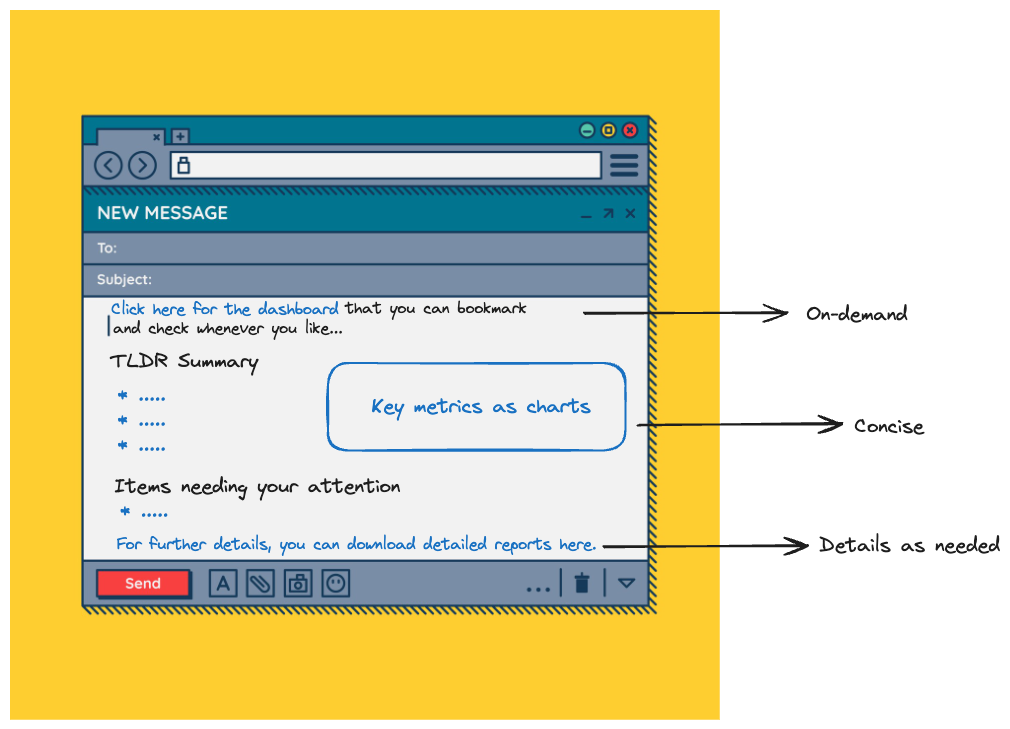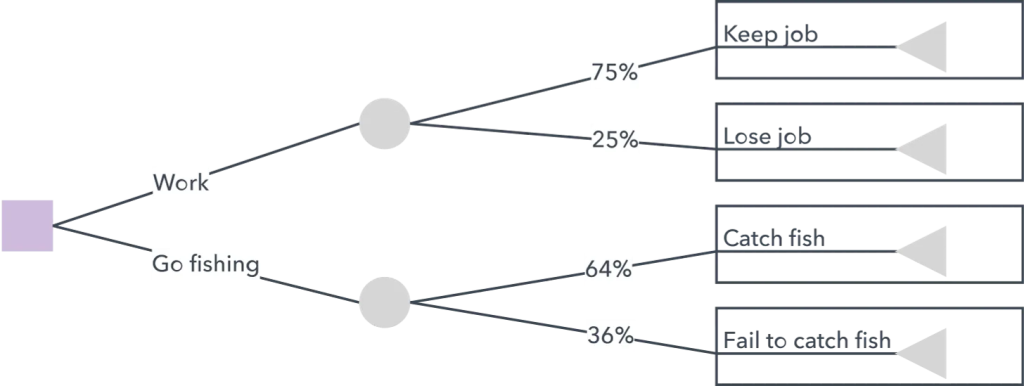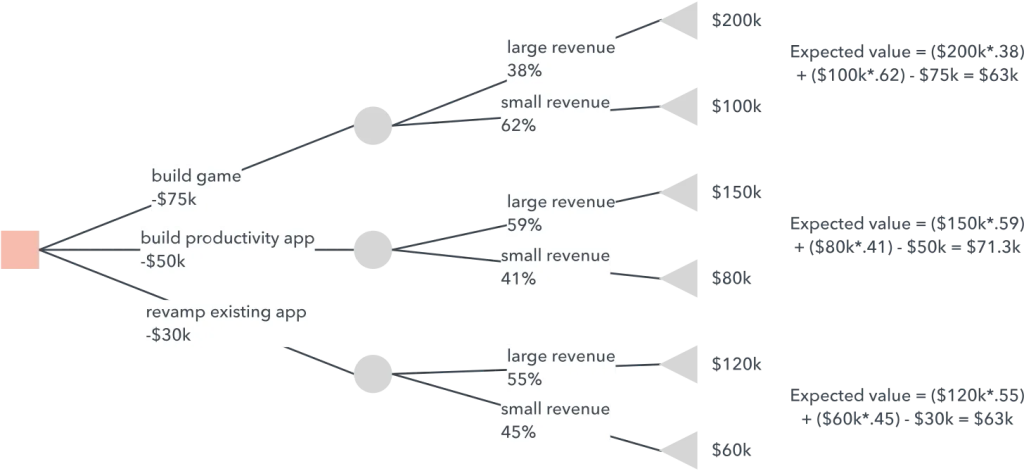Understanding your stakeholders is essential for any project’s success. Stakeholder maps offer a visual way to make it happen.
Who is a Stakeholder?
A stakeholder is someone who has a vested interest in the outcome of a project or a program.
Not all stakeholders are the same.
They come with a variety of needs and expectations.
As a tech leader, you must:
- Identify them
- Analyze and learn about them
- Map them based on their interests
- Prioritize and manage
One useful tool to do this is a stakeholder map.
What is a Stakeholder Map?
A stakeholder map is a visual matrix that identifies and categorizes stakeholders based on 2 dimensions – influence and interest.
Influence is the degree to which a particular stakeholder can impact the execution and outcome of a project. For example, a project sponsor is someone with a high influence, who can drive key decisions.
Interest, on the other hand, is about how much a stakeholder is impacted by the project outcome. For example, if you are building an HR application, the end-users in the HR team have high levels of interest.
Once you have established this, the stakeholders can be mapped on a matrix.
- High influence, High interest – stakeholders that must be managed closely, as they can steer the direction and outcome of the project
- High influence, Low interest – these are key leaders in the organization who may not be directly interested in the outcome of the project, but must be kept happy (no escalations, firefighting, etc.)
- Low influence, High interest – these are folks usually part of the project team or the intended end-users. They have a high interest as the outcome with have a direct impact on them but often their influence is limited
- Low influence, Low interest – these are enablers or other enterprise bodies, who are not directly involved in the execution or outcome. But they may expect to be “kept in the loop”
Here’s a sample stakeholder map for a project. Do note the categorization is highly opinionated, it can vary for every project or initiative.
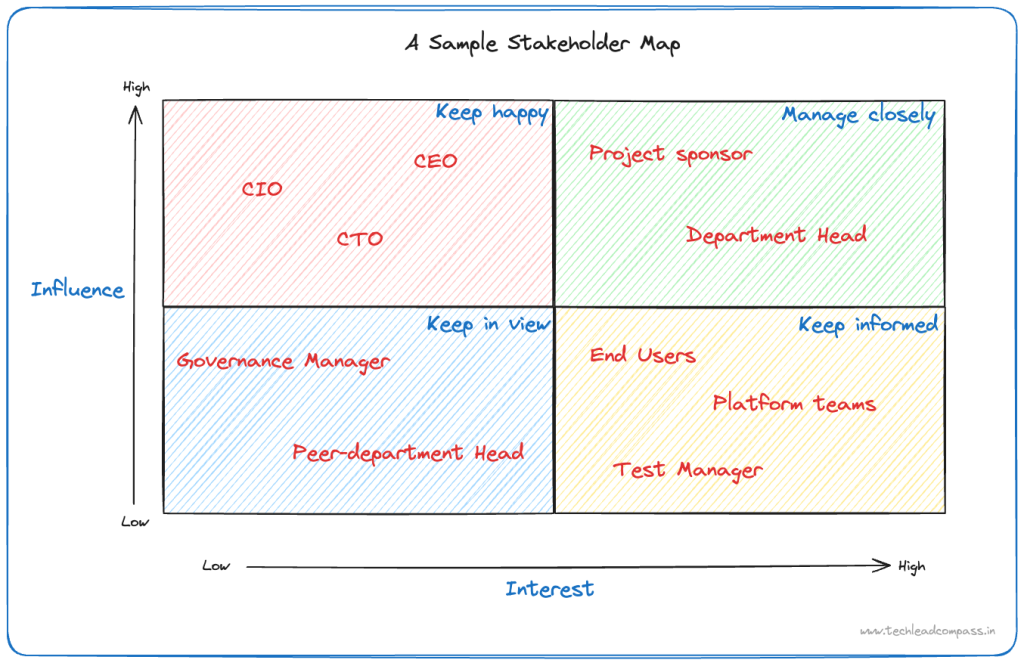
How do you create a Stakeholder map?
There is no single way to create a stakeholder map and it highly depends on your organization’s culture and operations.
However, here is a 5-step blueprint that works in most cases.
- Start with the purpose of your map
- Brainstorm and build the stakeholder list
- Determine each stakeholder’s level of involvement
- Determine their interest and goals in the project
- Create a stakeholder map and establish an engagement plan
In summary, a stakeholder map helps you understand the landscape, know the stakeholder interests, and create an engagement plan that works.

